DDoptics NXT 8×42 Fernglas schwarz/grün oder schwarz/braun
€ 498,00 € 473,00




A New Star is born! Der 8-fach Fernglas Image madness zum unglaublichen Spitzenpreis
DDOPTICS NXT 8×42 Allround-Fernglas | Weites Sehfeld, ED-Glas, Wasserdicht
Entdecken Sie die Vielseitigkeit des DDoptics NXT 8×42 Allround-Fernglases.
Mit dem DDoptics NXT 8×42 Allround-Fernglas erleben Sie Natur pur. Weites Sehfeld, helle Optik und wasserdichtes Design – perfekt für jedes Abenteuer.
Mit dem DDoptics NXT 8×42 Fernglas erleben Sie die Natur auf eine neue Weise.
Egal, ob Sie Vögel beobachten, auf die Jagd gehen oder einfach die Schönheit der Landschaft genießen möchten – dieses Fernglas bietet Ihnen herausragende Leistung und Zuverlässigkeit.
Thanks to the hochwertigen Optik und des robusten Designs ist es Ihr idealer Begleiter für jedes Outdoor-Abenteuer.
Außergewöhnliche optische Leistung
Sie profitieren von einem weiten Sehfeld von 141,6 Metern auf 1.000 Meter, das Ihnen das Verfolgen bewegter Objekte und das Erfassen großer Landschaften erleichtert.
The ED-Glas (Extra-low Dispersion) sorgt für gestochen scharfe Bilder mit minimalen Farbfehlern, während die mehrfach beschichteten Linsen eine maximale Lichtdurchlässigkeit garantieren.
Selbst bei schwachem Licht, wie in der Dämmerung, erhalten Sie helle und kontrastreiche Ansichten.
DDoptics NXT Fernglas Facts
✅ ED-Objektivlinsen – 8 Linsen in 6 Gruppen
✅ Flattner-Okularsystem + Schmidt-Pechan-Prismen
✅ 141,6 m Sehfeld
✅ Nahfokus ab 1,5 m – perfekt für Schmetterlinge, Vögel und Pflanzen
✅ Stickstofffüllung & IPX7-Schutz – zu 100 % wasserdicht & beschlagfrei
Robustes und wetterfestes Design
Das NXT 8×42 ist für den Einsatz unter harten Bedingungen gemacht. Sein wasserdichtes und beschlagfreies Gehäuse mit Gummiarmierung schützt vor Regen und Feuchtigkeit, sodass Sie sich voll und ganz auf Ihre Beobachtungen konzentrieren können.
Der ergonomische Griff liegt angenehm in der Hand – perfekt für lange Einsätze in der Natur.
Ideal für verschiedene Outdoor-Aktivitäten | Einsatz ab 1,5 Meter
Ob Sie ein Vogelbeobachtungs-Enthusiast oder ein Jäger sind, dieses Fernglas passt sich Ihren Bedürfnissen an.
With a Nahfokusdistanz von nur 1,5 Metern können Sie auch Details in Ihrer Nähe scharf sehen, während die 8-fache Vergrößerung weit entfernte Objekte näherbringt.
The Augenabstand von 18,4 mm macht es auch für Brillenträger bequem.
Stellen Sie sich vor, Sie entdecken früh morgens ein Reh im Wald oder beobachten einen seltenen, farbenprächtigen Vogel aus der Ferne – das NXT 8×42 liefert Ihnen die Klarheit, die Sie brauchen.
Viele Kunde berichten uns: „Die Helligkeit und das weite Sehfeld haben meine Naturbeobachtungen auf ein neues Level gehoben – und das bei diesem Preis!“
Bestellen Sie Ihr DDoptics NXT 8×42 Fernglas noch heute und machen Sie Ihre Outdoor-Erlebnisse unvergesslich!
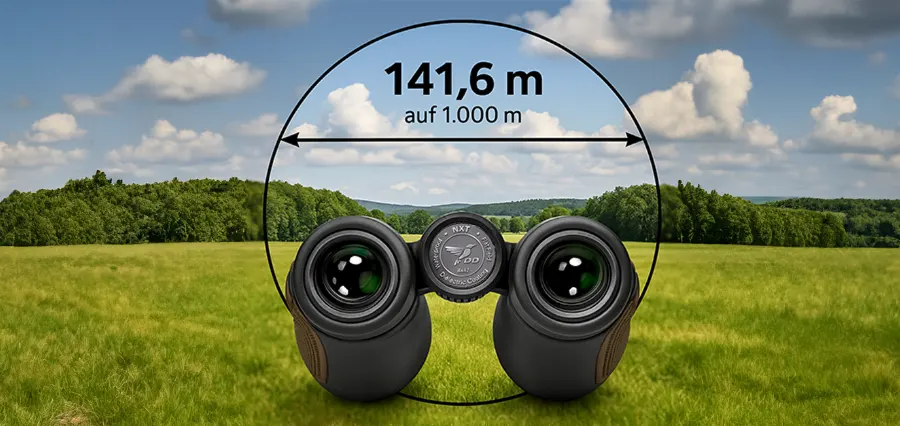
Die DDoptics NXT Fernglas Innovation – Höchste Transmission im Bereich zwischen 500 und 650 nm
- Brillante Farben, Helligkeit und ein kontrastreiches Bild bei Tag und in der Dämmerung.
- Nahezu konstanter Lichttransmissions-Verlauf oberhalb von 90 % in den entscheidenden Bereichen des Tages- und Nachtsehens.
- Das Ergebnis: eine ausgeglichene, augenschonende und leistungsstarke Bildwiedergabe, die in dieser Preisklasse ihresgleichen sucht.
- Ein Blick durch die NEUEN NXT Ferngläser verschafft Ihnen einfach endgültige Gewissheit:
MEHR Bildauflösung, MEHR Lichttransmission, Keine Farbstiche – das volle Farbspektrum wird naturgetreu übertragen.
The DDoptics team consists of ingenious innovators who will also light your fire!
The DDoptics Optische Geräte & Feinwerktechnik KGfounded in 2007, specialises in the development and sale of optoelectronic devices and instruments.
The product portfolio includes Binoculars, spotting scopes, riflescopes and night vision devices for professional use.
Innovative developments and top quality at an unrivalled price-performance ratio are winning over more and more customers Nature lover, hunter, Ornithologists and outdoor freaks.
Binoculars
High-quality binoculars make observing nature the ultimate viewing experience. Spending time outdoors and experiencing many things is also a form of enjoyment.
DDoptics NXT 8×42 Auflösung
How sharp is the image? We define in 10 levels from 0 (blurred) to 10 (extreme).
10/10
DDoptics NXT Lichttransmission
How high is the light output? We define in 10 levels from 0 (weak) to 10 (mega)
10/10
DDoptics NXT Fernglas Spaßfaktor
How much fun are binoculars? We define the fun factor from 1 (rather bland) to 12 (super cool).
12/12
To read - Considerations for the purchase of binoculars
For More and more nature-loving people has decided to purchase a high quality binoculars good reasons:
- Binoculars allowed much deeper observations - especially details. Some objects are decorated with binoculars than with the naked eye. Eye!
- Many people need binoculars for a special purpose. For example, the ornithologist for Birdwatching. The binoculars can also be used in many other ways (e.g. nature and landscape observation).
- For many, a great pair of binoculars becomes constant companion
In our opinion The following main criteria are important when selecting binoculars:
- Weight
- Binoculars Magnification
- Luminous intensity of the binoculars
- Field of vision
- Exit pupil
There is a lot of philosophising about these topics. But here in particular there are 2 opposing effects:
- In the In the mountains, the Alps or when hiking, a glass should be as small or light as possible - That's clear!
- But as soon as you reach your destination, you have a slight tremor in your arms (your muscles have just been used and your pulse is still high). Is that glass is heavier, it can be held more steady due to the inertia. The higher mass of the glass reacts more slowly to the transmitted vibrations.
The Coating or remuneration of a lens is complex and has very high influence on the optical quality of the optics and on the price.
Especially here the big differences between good and mediocre binoculars is visible - especially with Brightness, contrast and image brilliance.
A Lens resp. Prism consists of several Lenses whereby some Glass air transitions exist in binoculars. This leads to Stray light and light loss. Through Coatings light losses are reduced and the amount of light that reaches your eyes is increased.
In a multi-coated lens, the lenses are provided with several coating layers.
This multiple coating, also known as "multi-coating", is used to equip high-quality optics for brighter image reproduction and high-contrast images.
In addition to the optical properties, the mechanical properties of the coating are also important.
Non-stick coatings for binoculars
The Top models of the most Binoculars manufacturer have Water and dirt-repellent coatings on the outer Lens parts, whereby Water Beads off easily and cleaning is made easier in the event of soiling.
The binocular manufacturers have developed Nano-coatings own designations or patents such as:
- LotuTec at Zeiss
- Raindefender Nano Protection (RNP) at DDoptics
- AquaDura at Leica
- Swaroclean at Swarovski
- Nano-Protection with Steiner
Especially with the Cleaning the binoculars must paid attention to becometo avoid damaging the coating.
The Most hunters go on early morning, late afternoon or early evening on the hunt.
During this time, the Luminous intensity of your hunting glass, at first or last lightdecisive to still bright images on Eye to deliver.
The most common hunting binoculars for stalking and driven hunts have a Lens diameter around 42 mm, as the weight is still comfortable with these lens diameters
The ideal binocular magnification is in the range of 8-10x
Important: The The magnification factor has a negative effect on the light intensity of the hunting glass! For this reason, most hunters, Binoculars with 8x or 10x Favour magnification.
As a rule, binoculars with magnifications up to 8x can be handled without any problems.
From a 10x Magnification of the binoculars is due to the higher optical magnification already a A steady hand is necessary because of the "blurring" of the image.
The magnification of binoculars also has an influence on the size of the Exit pupilwhich should also be taken into account when choosing your optics!
First of all - with Birdwatchers it's about details and the highest Image quality requirements.
The Requirements for binoculars for Birdwatching are normally higher than, for example, to a Travelling binoculars.
In order for an ornithologist to be able to enjoy the "right in the middle" feeling with binoculars, the highest standards of colour and image brilliance, contrast sharpness and detail accuracy must be met.
When a special bird sits in front of you in the wild, you want to see it in all its splendour.
For this reason, you need the ornithology a powerful pair of binoculars with high image brilliance and colour fidelity.
A good Binoculars for birdwatching enables colour and contrast-rich observation at close range, whereby the and the play of colours of the plumage can be perceived. can be realised.
The Magnification 8x and 10x is a good compromise and, as experience shows, the most common choice of most birdwatchers.
Kennzahlen DDoptics Fernglas NXT 8×42
| DDoptics binoculars: | NXT 8×42 |
| EnlargementThe magnification of a binocular model is perhaps the most misunderstood feature. High magnification can be useful! " More info: | 8-fold |
| LensWhen we talk about the objective lens of binoculars, we mean the front lens. The front lens is the foremost lens of the objective. " More info Ø Lens: | 42 mm |
| Exit pupilIn addition to the twilight number, the binocular exit pupil at the eyepiece of the binoculars is also very important for seeing in twilight (twilight vision). " More info Ø: | 5.25 mm |
| Pupil distance: | 18,4 mm |
| Field of view at 1000m: | 141,6 m |
| Point of viewThe size of the field of view indicates the width of the terrain that can be observed through the binoculars at a distance of 1000 metres. " More info: | 8,12° |
| EyecupsFor spectacle wearers, all DDoptics binoculars are equipped with retractable eyecups. This makes observation easier and enlarges the field of vision. " More info: | Twist Up |
| Prism type: | Schmidt Pechan |
| PrismsLenses have the property of imaging objects upside down and laterally inverted - therefore the image must be rotated again. " More info Mirror coating: | phasenkorrigiert, dielektrisch verspiegelt |
| Lens coatingIf light hits a glass-air surface (e.g. with a roof prism), the reflection causes a loss of light. " More info: | Voll mehrfachvergütet (FMC) |
| Raindefender (RNP): | RNP remunerated |
| EyepieceThe eyepiece is the lens group of an optical system that faces the eye. The eyepieces consist of several separate lenses - achromats (3-6 individual lenses). " More info: LensesThe use of aspherical lenses leads to a reduction in the overall length of the binoculars and in some cases to a significant reduction in weight. " More info/Groups: | 5 Linsen in 3 Gruppen |
| Lens: Lenses/groups: | 4 Linsen in 3 Gruppen (inkl. ED-Glas) |
| Housing material: | Magnesium |
| Enclosure armouring: | Rubber |
| Interpupillary distanceThe interpupillary distance is the optimum distance between the eyepiece lens and the pupil of the eye. " More info Eyepiece: | 18,4 mm |
| Spectacle wearerLooking through binoculars with glasses reduces the field of view by 50-60%. An eyepiece with dioptre compensation offers a remedy for short-sightedness or long-sightedness. " More info Eyepiece: | Yes |
| Close-up shot: | 1,5 m-UE |
| Dioptre adjustment: | centre |
| Dioptre compensation: | ± 5 DioptresThe dioptre correction on the eyepiece is used to compensate for different visual acuities of the eyes. " More info |
| Luminous intensity: | 27,6 |
| Twilight numberIn order to be able to recognise details over long distances even in twilight, binoculars with high magnification and corresponding twilight performance (e.g. 10x56 or 8x56) are recommended. " More info: | 18,3 |
| NitrogenFilling with dry nitrogen (nitrogen filling) reduces the moisture content during assembly and thus prevents the inside of the lens from fogging up later. " More info Filling: | Yes |
| WaterproofWith a watertight lens, a clean and dry gas filling in the form of an argon or nitrogen filling creates an "internal climate" that prevents fogging. " More info: | 1/5 : metre/min. |
| Dimensions h/w/t: | 146 × 135 × 55 mm |
| Weight: | 720 Gramm |
Lieferumfang DDoptics Fernglas NXT 8×42
| Carrying strap from Niggeloh | 1 piece |
| Binocular bag | 1 piece |
| LensWhen we talk about the objective lens of binoculars, we mean the front lens. The front lens is the foremost lens of the objective. " More info Protective caps | 1 piece |
| EyepieceThe eyepiece is the lens group of an optical system that faces the eye. The eyepieces consist of several separate lenses - achromats (3-6 individual lenses). " More info Protective caps | 1 piece |
| Cleaning cloth | 1 piece |
| Weight | 1,2 kg |
|---|---|
| Brand / Trade mark | |
| GTIN | 4260436313211 |
| Product type | |
| Binoculars size | 8×42 |
| Colour | |
| Binocular suitability | Hunting, Outdoor & Hiking, Birdwatching |
| Lens diameter | x42 mm |
| Enlargement | 8x magnification |
| TARIC | 90051000 |
| TARIC product type | Binocular set |
| Country of origin | China |
Be the first to review “DDoptics NXT 8×42 Fernglas schwarz/grün oder schwarz/braun” Cancel reply
You may also like…
Related products
Binoculars
Binoculars
Binoculars
Binoculars
Binoculars
Black November Sales 2022


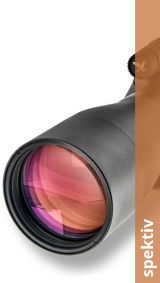




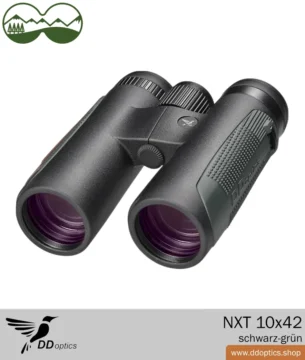
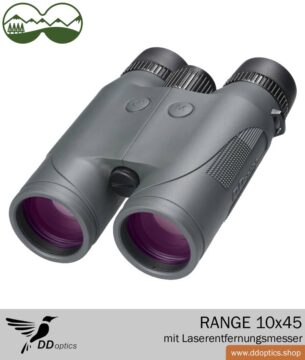

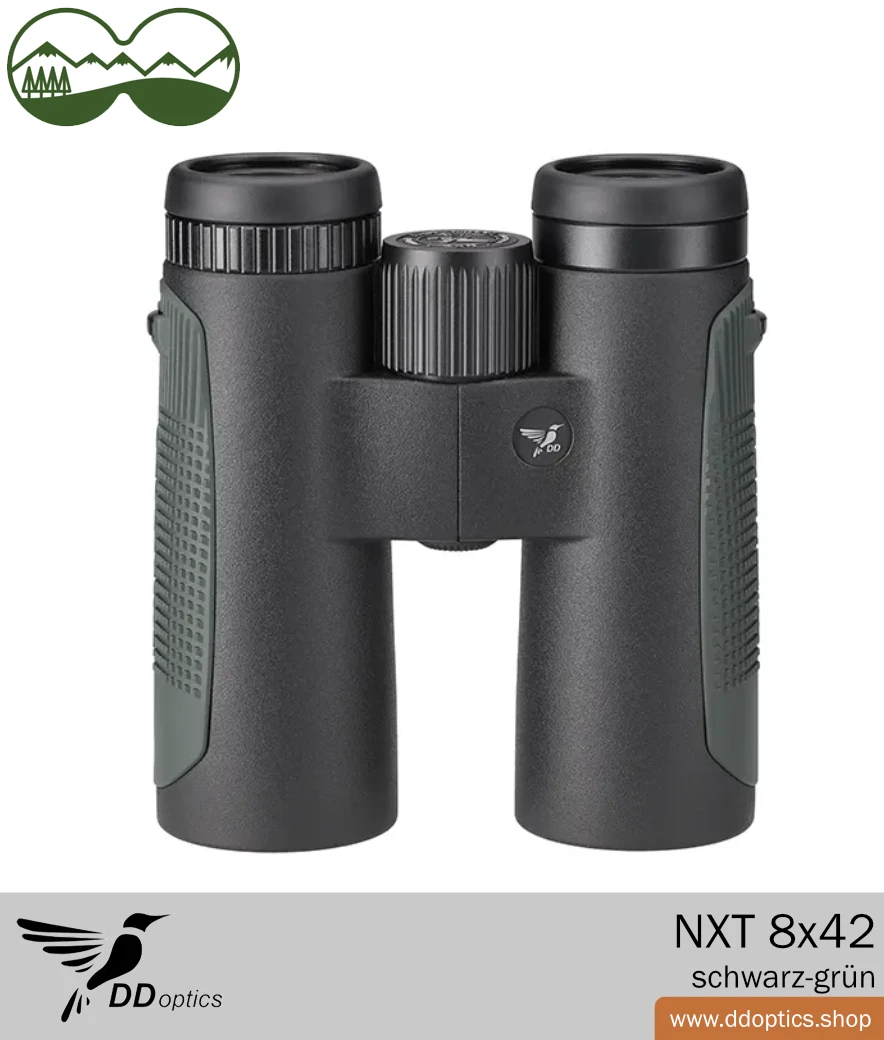
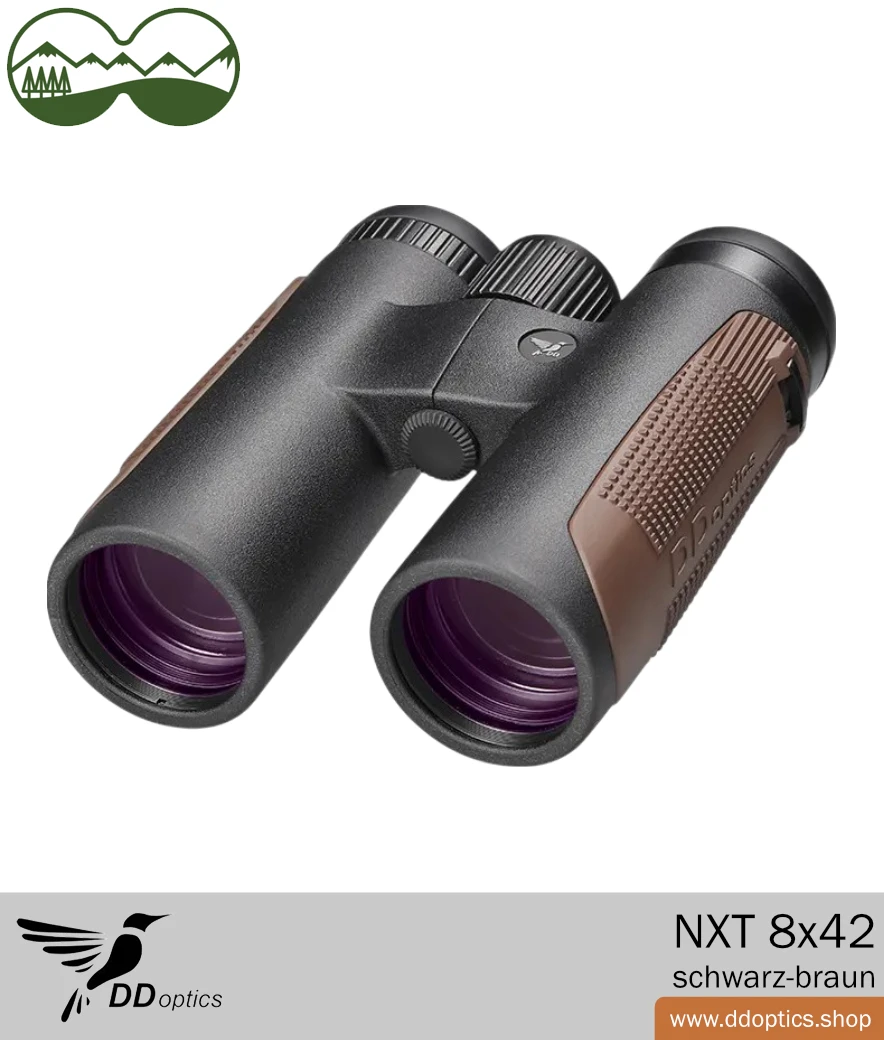
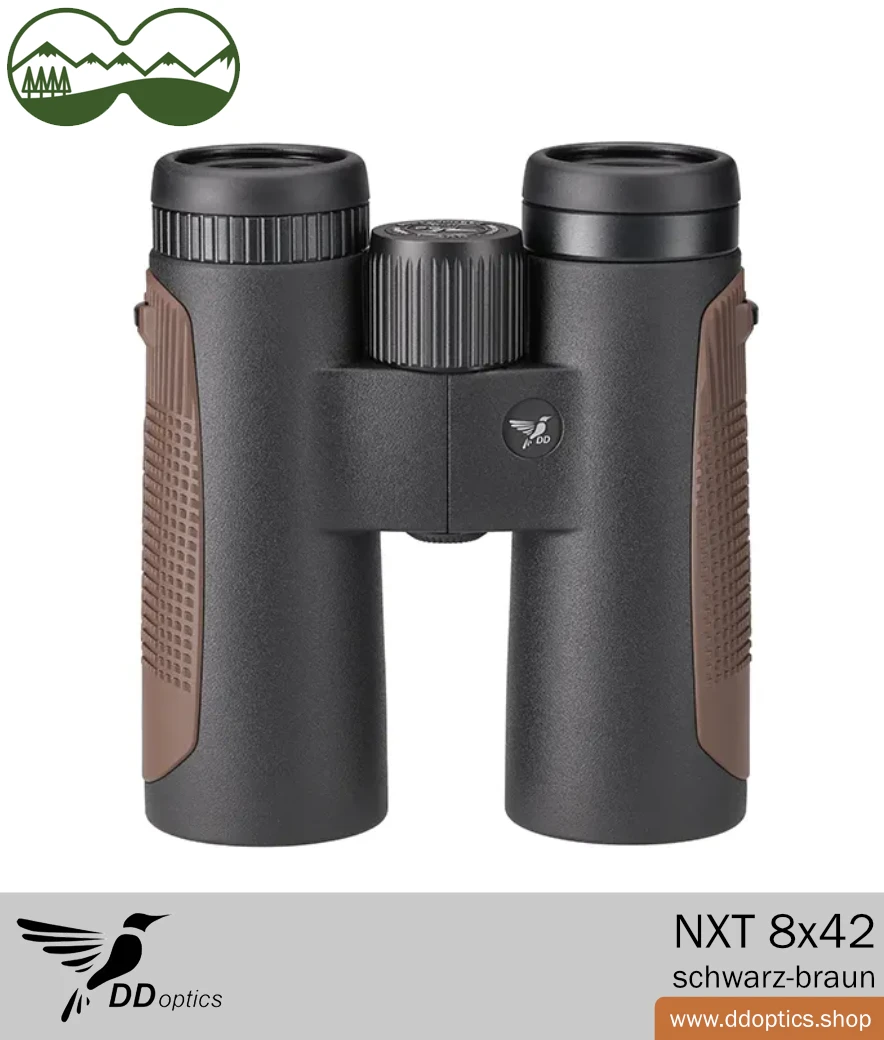
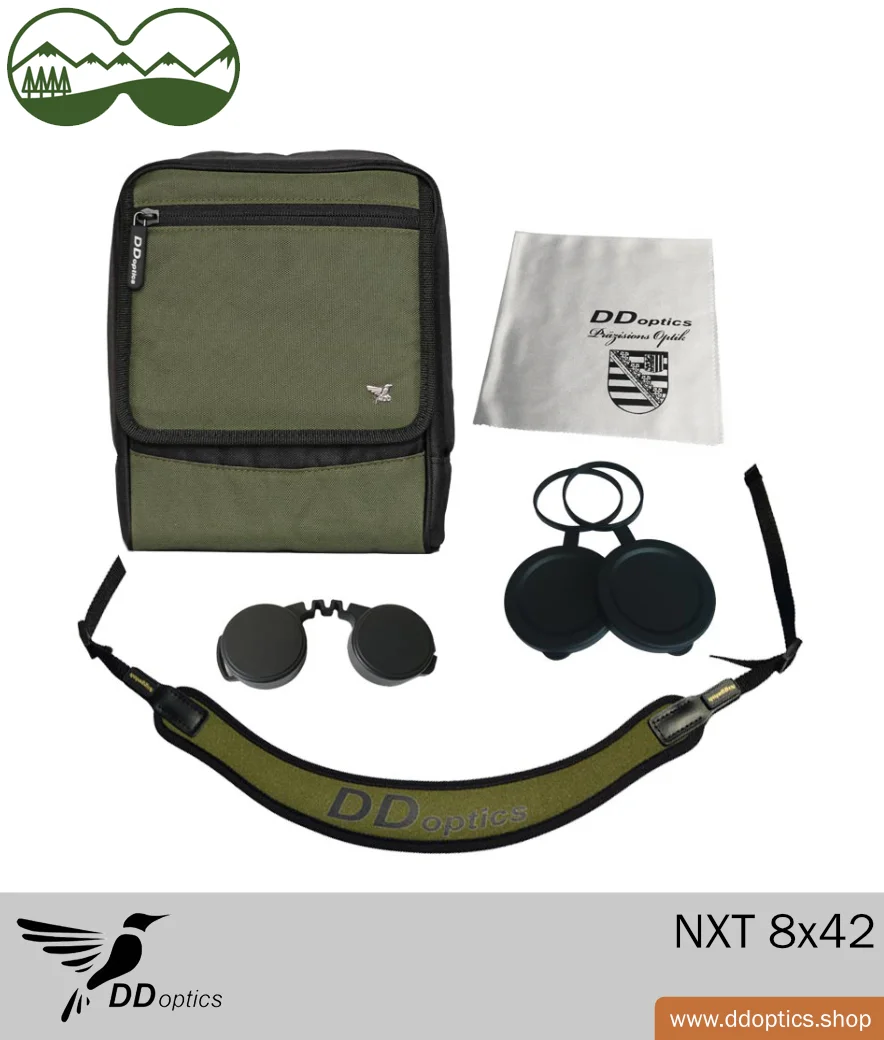
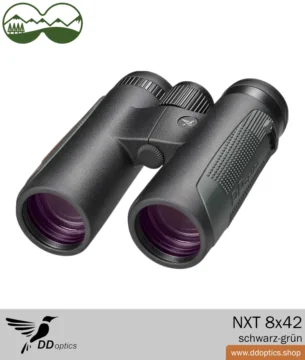





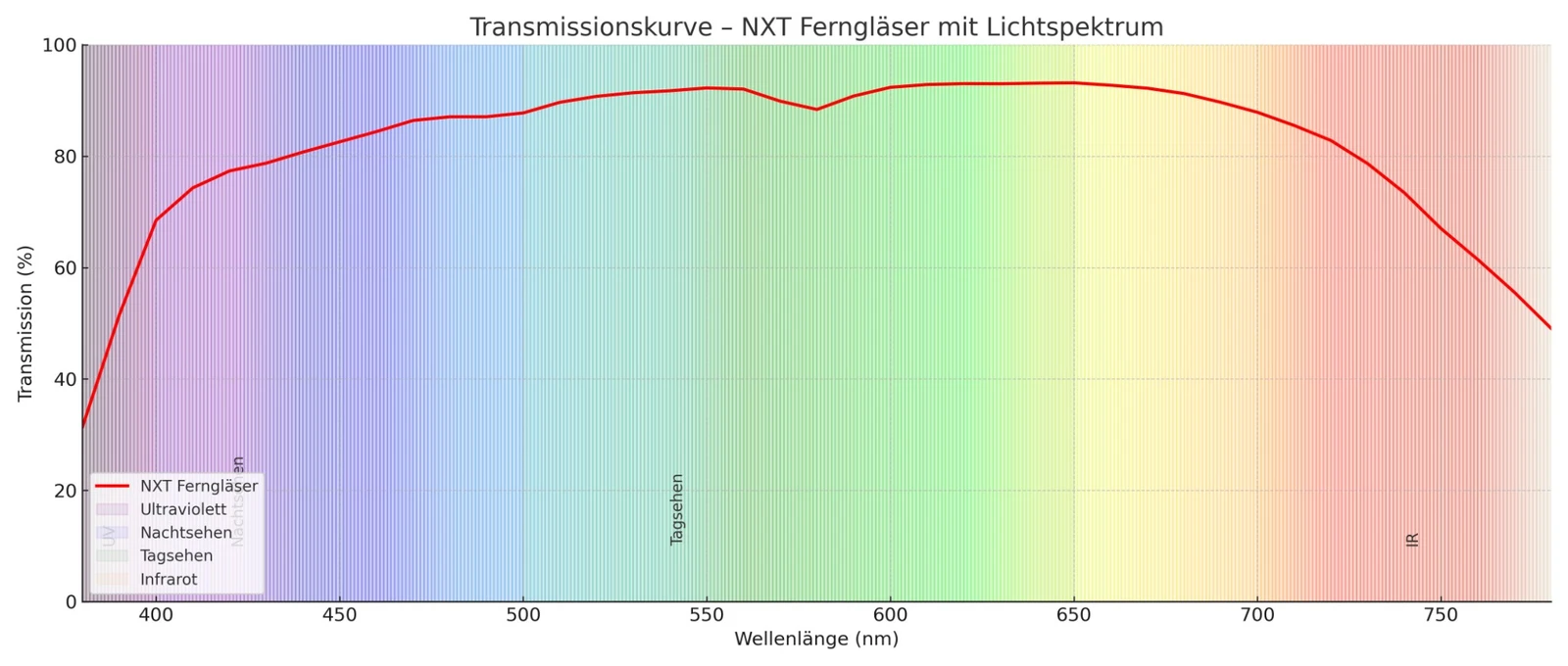



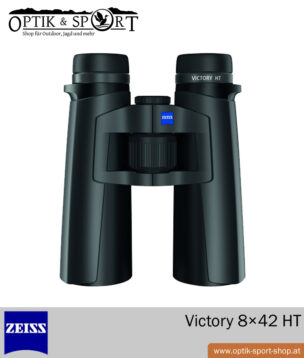
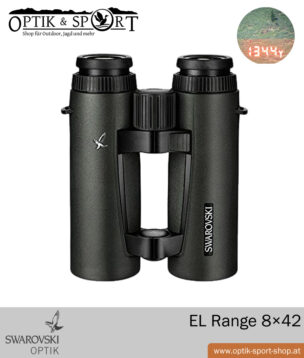
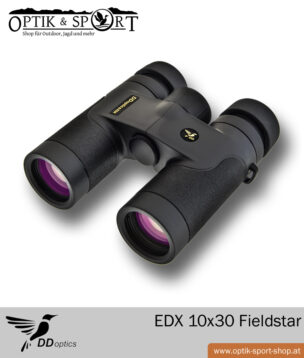
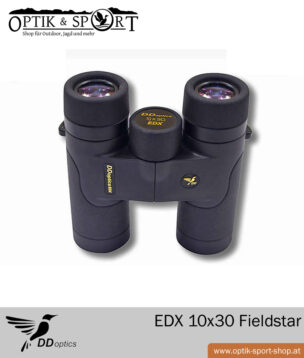
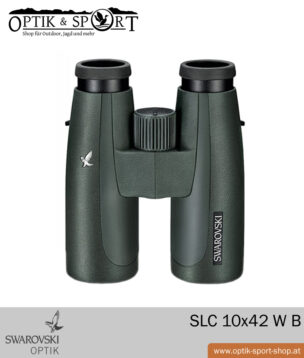

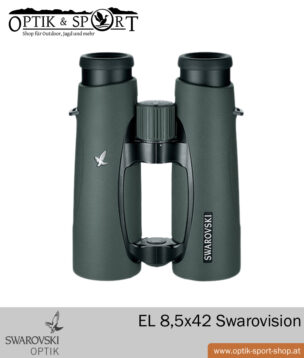
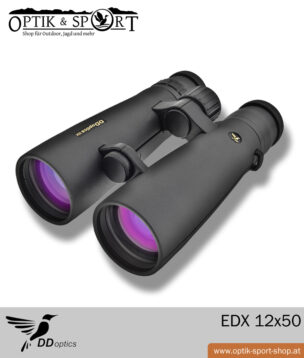
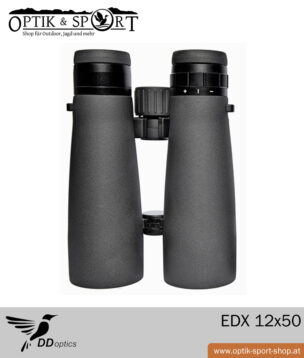

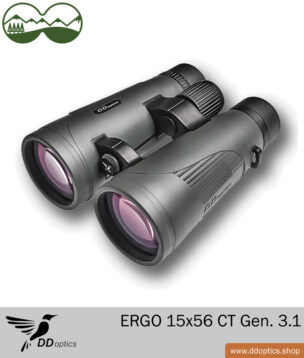

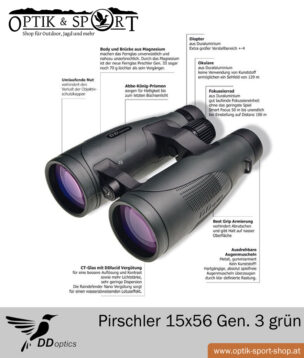
Reviews
There are no reviews yet.